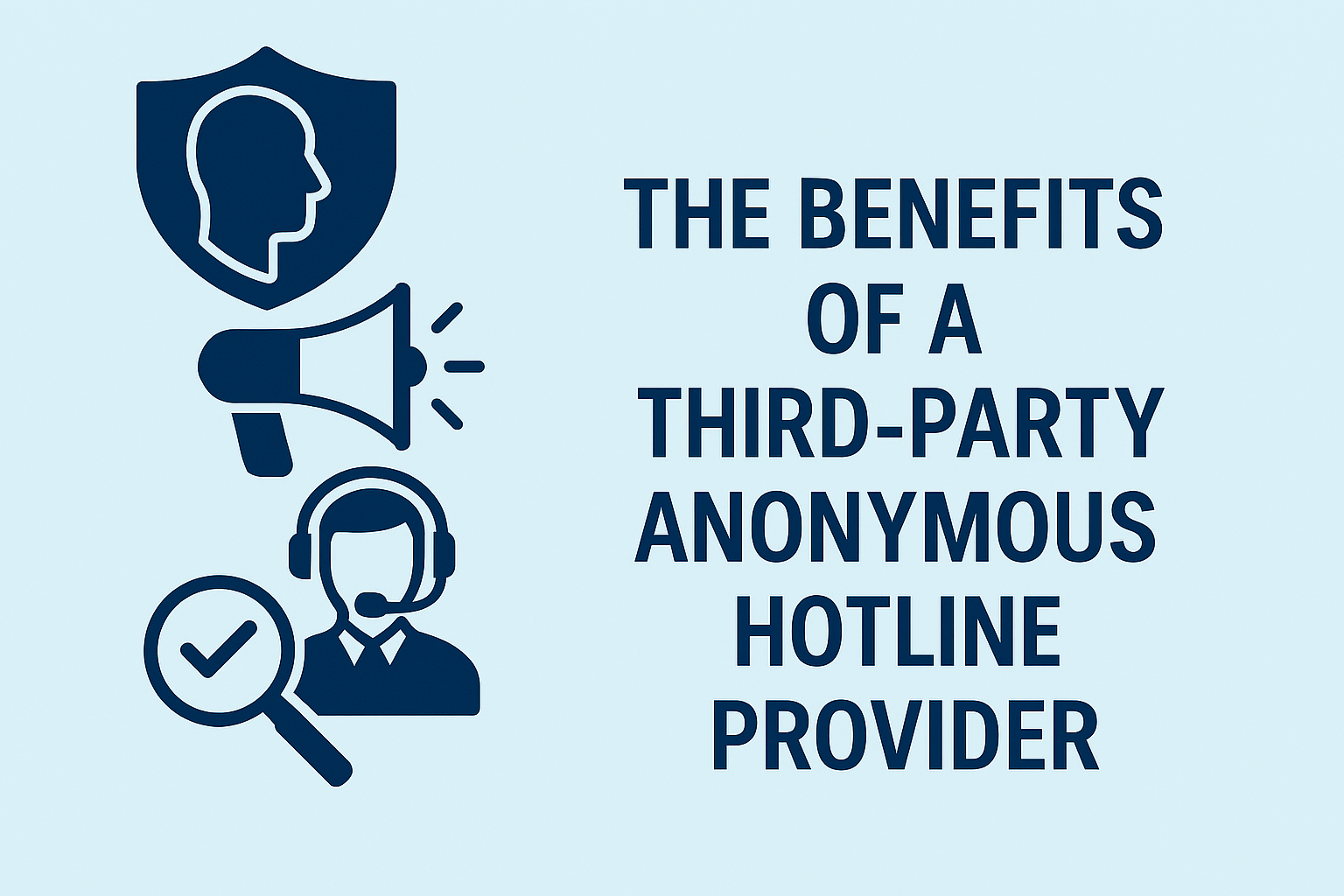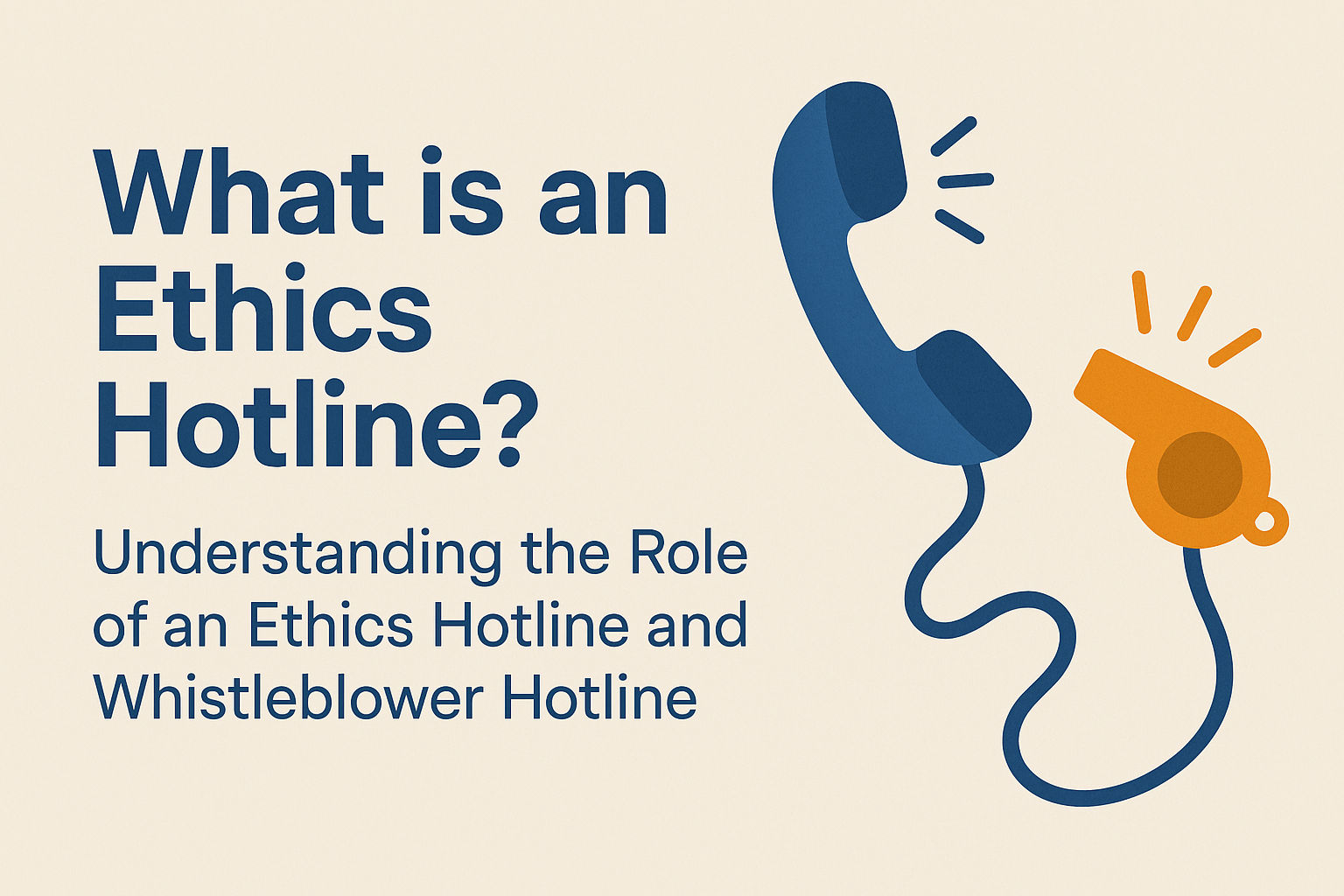Employees Must Feel Safe Reporting Harassment and Discrimination
Despite increased talk about workplace harassment and discrimination, a large number of cases continue to go unreported. The Harvard Business review article, “Do Your Employees Feel Safe Reporting Abuse and Discrimination,” by Lily Zheng, explores this issue as well as steps employers can take to encourage reporting harassment and reduce problematic behavior. In the following, we will discuss key findings and takeaways from the article.
The article begins by laying out some statistics on workplace harassment and discrimination as well as reporting. A survey by Glassdoor found that 61% of U.S. employees had experienced or witnessed pervasive discrimination based on race, gender, age, and sexuality in the workplace. That said, an EEOC report found that only 30% of employees facing harassment made internal complaints, and less than 15% filed formal legal charges.
There are many reasons why reporting rates remain low despite the prevalence of workplace harassment and discrimination. Primary factors include fear of retaliation, a perceived low likelihood that the victim will personally benefit from reporting, inflexibility of reporting options, lack of anonymity, and a hostile work environment where reports will be met with backlash or ignored. Unfortunately, victims of harassment and discrimination often face more problems once they speak up. This allows both individual perpetrators and patterns of unethical practices to continue unchecked.
To encourage reporting harassment and discrimination in your workplace, the article recommends the following practices:
- Establish and publicize metrics to hold your company accountable for addressing wrongdoing and promoting ethical behavior.
- In cases where misconduct has occurred, apologize to those affected and offer resources when possible.
- Provide access to neutral and confidential resources to support victims of harassment and discrimination (this can be a private therapist or Employee Assistance Program).
- Create anonymous formal reporting channels that protect reporters and allow for organizational change. The article notes that these channels should be convenient and should allow reporters to anonymously share information and check the status of their report throughout the process. Furthermore, these channels should allow employers to address reports without compromising anonymity and should allow for data collection to reveal trends. Notably, Red Flag Reporting meets all these standards.
Establishing clear and accessible reporting channels is crucial, but it’s only one piece of the puzzle. The effectiveness of any reporting system is fundamentally tied to the company’s culture and leadership’s commitment to accountability. When leaders publicly and consistently condemn harassment and discrimination, and visibly take action when reports are made, it sends a powerful message that such behavior will not be tolerated.
This builds trust, which is the cornerstone of any successful reporting program. Conversely, a culture that minimizes complaints, protects high-performing offenders, or fails to communicate the outcomes of investigations will inevitably lead to a chilling effect, where employees learn that reporting is futile or even dangerous. True progress requires a top-down commitment to fostering an environment of psychological safety, where employees feel confident that their concerns will be heard, taken seriously, and acted upon without fear of reprisal.
Ultimately, the goal of encouraging reporting is not merely to document problems but to create a healthier workplace. When employees feel safe and empowered to speak up, it allows organizations to identify and address company-wide issues before they escalate. A robust reporting system, supported by a strong company culture, serves as an early warning system, highlighting problematic managers, flawed policies, or widespread biases that might otherwise go unnoticed. This proactive approach not only protects employees but also protects the company from legal and reputational damage.
By implementing the strategies outlined in the Harvard Business Review article—including holding leaders accountable, providing confidential resources, and utilizing effective, anonymous reporting channels—companies can move beyond simply reacting to incidents. They can begin to build an ethical and inclusive foundation that fosters trust, encourages open communication, and ensures that every employee has the opportunity to thrive in a respectful and safe environment. This commitment reporting harassment, to a speak-up culture, is not just a compliance issue; it’s a fundamental investment in the well-being and success of the entire organization.
Learn more about revving up reporting here.
Reach Us
Red Flag Reporting
P.O. Box 4230, Akron, Ohio 44321
Tel: 877-676-6551
Fax: 330-572-8146




